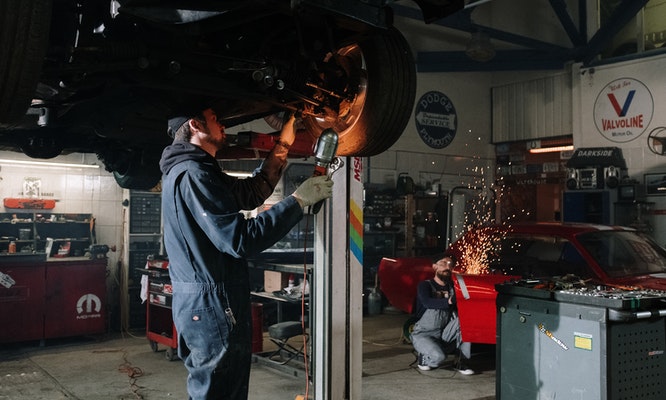
Brake pads are an important part of a vehicle’s braking system. Disc brakes rely on the caliper, brake pads, and rotor to function correctly. The brake pads sit inside the caliper, and are the part of the system that clamps down on the rotor. Over time, the pads will wear from the friction that is placed on the rotor to get the wheel to stop. There are four types of brake pads—semi-metallic, non-asbestos organic (NAO), low-metallic NAO, and ceramic—and it’s important to know which type is best for your vehicle.
What’s the Difference between Types of Brake Pads?
Based on the names of the different types of brake pads, it isn’t apparent which ones are the most widely used or which one you should choose. Here is a rundown of the differences:
Many cars come off of the assembly line with organic pads. This may be because this type of pad is typical for street driving. Although organic brake pads seem to do the trick, you may upgrade to ceramic brake pads if you want less noise and dust. Trucks and SUVs may need brake pads that have more metal for additional stopping power, according to Consumer Reports.